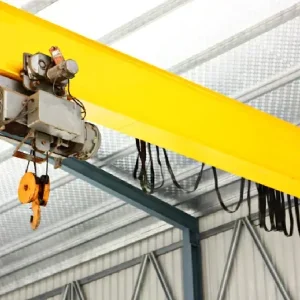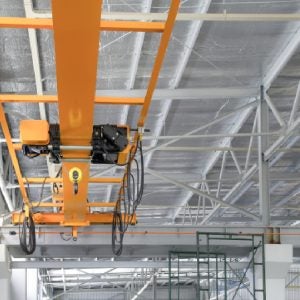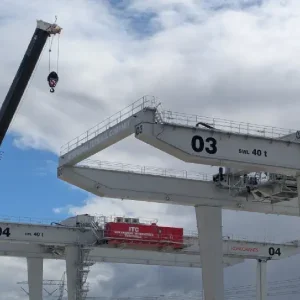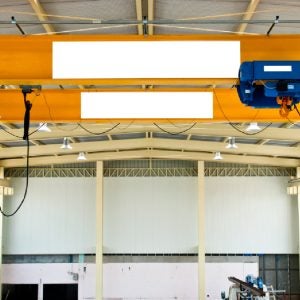The demonstration, at SSA Marine’s Pier J, is part of the Zero-Emissions Terminal Equipment Transition Project, which is funded in large part by a $9.7m California Energy Commission (CEC) grant. The zero-emissions project is anticipated to annually reduce greenhouse gases by more than 1,323 tons and smog-causing nitrogen oxides by 27 tons
As part of the demonstration project, SSA retrofitted nine of its existing diesel-powered rubber-tyred gantry cranes to run on electricity.
The port, the CEC and energy company Southern California Edison are partnering on the project to also put into daily service 25 human-operated vehicles that are zero or near-zero emissions to test their performance in a real-world setting.
“In the decades since we created the Green Port Policy, our ambitions have grown from cleaning the air for our community to showing the world it’s possible to do that everywhere,” said Port of Long Beach executive director Mario Cordero.
“These demonstrations are designed to commercialise heavy-duty zero-emissions equipment and vehicles to combat pollution but also to fight climate change, the effects of which we are seeing in the news almost every day.”
The president of the Long Beach Board of Harbor Commissioners, Sharon L. Weissman, added: “The future is zero emissions, and we are going to continue to do everything we can to lead the industry.”
“SSA is thankful for the opportunity to partner with the Port of Long Beach and the CEC to complete this project,” said Scott Hainlen, superintendent at SSA Terminals. “We look forward to continuing our efforts in reducing emissions from all our operations in Long Beach.”
In 2017, the ports of Long Beach and Los Angeles approved an update to their Clean Air Action Plan, setting a goal of transitioning all terminal equipment to zero emissions by 2030.
Meanwhile, diminishing consumer demand, full warehouses and inflation concerns led to a decline in cargo containers moved through the Port of Long Beach in September.
Dockworkers and terminal operators moved 741,823 twenty-foot equivalent units (TEUs) of cargo containers, down 0.9% from September 2021. Imports decreased 7.4% to 342,671 TEUs, while exports increased 1.9% to 112,940 TEUs. Empty containers moved through the Port rose 7% to 286,212 TEUs.
“Consumers and retailers are concerned about inflation, leading to warehouses filled with inventory and fewer product orders from Asia,” said Cordero. “The respite is leading to increased capacity on the docks and fewer ships waiting off the coast to enter the port.”
The Port of Long Beach moved 7,342,383 TEUs during the first nine months of 2022, up 3.5% from the same period in 2021. Additionally, it processed 2,334,605 TEUs between 1 July and 30 September, down 0.3% from the third quarter of 2021.
The Port of Long Beach is a gateway for trans-Pacific trade. It handles $200bn in trade annually.
Sign up for Hoist Magazine’s weekly newsletter
RELATED STORIES






